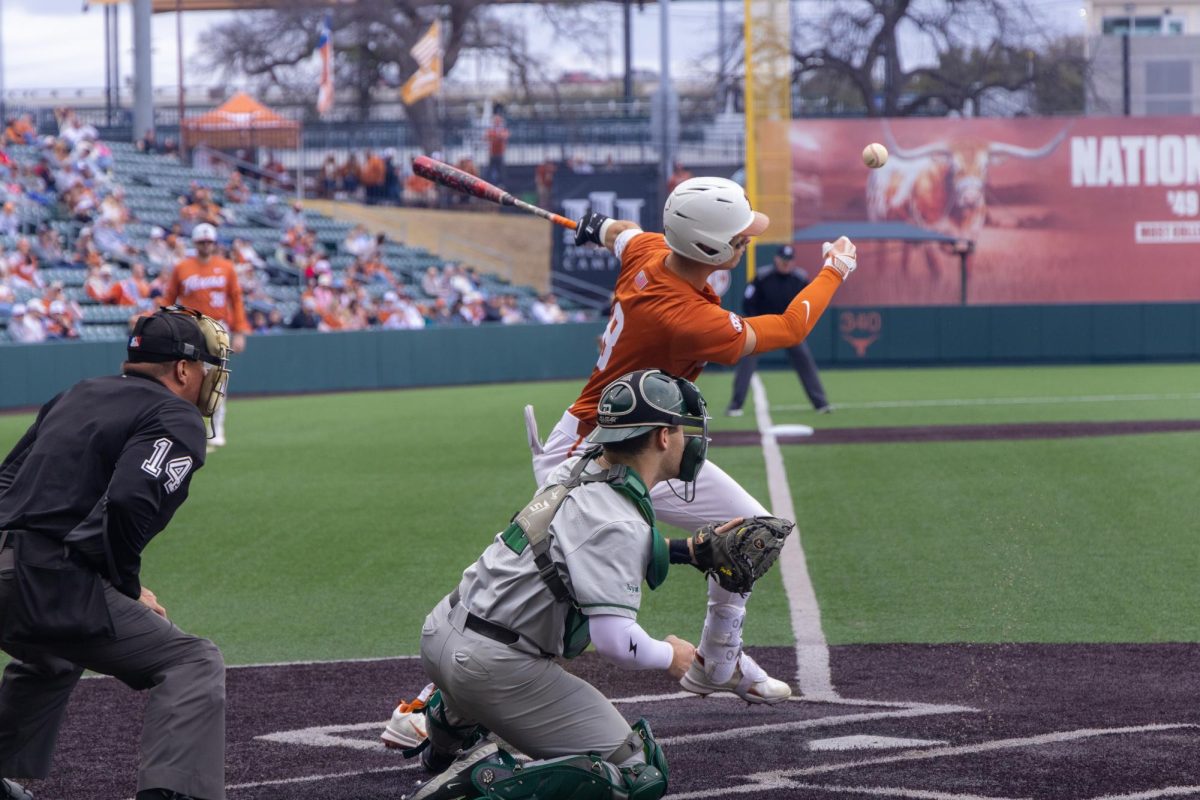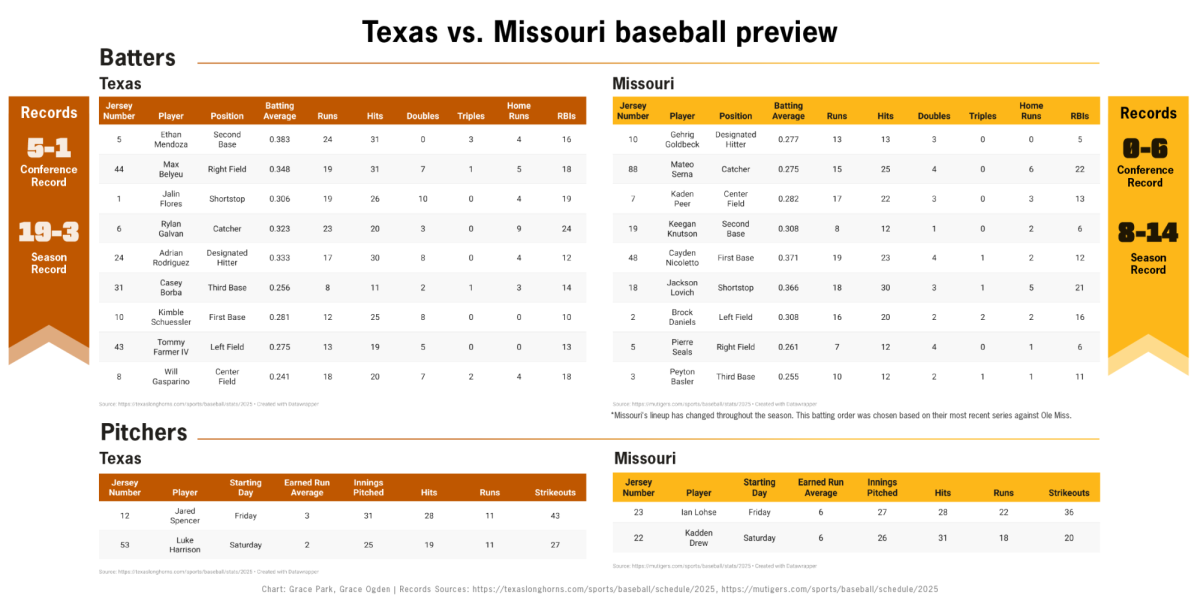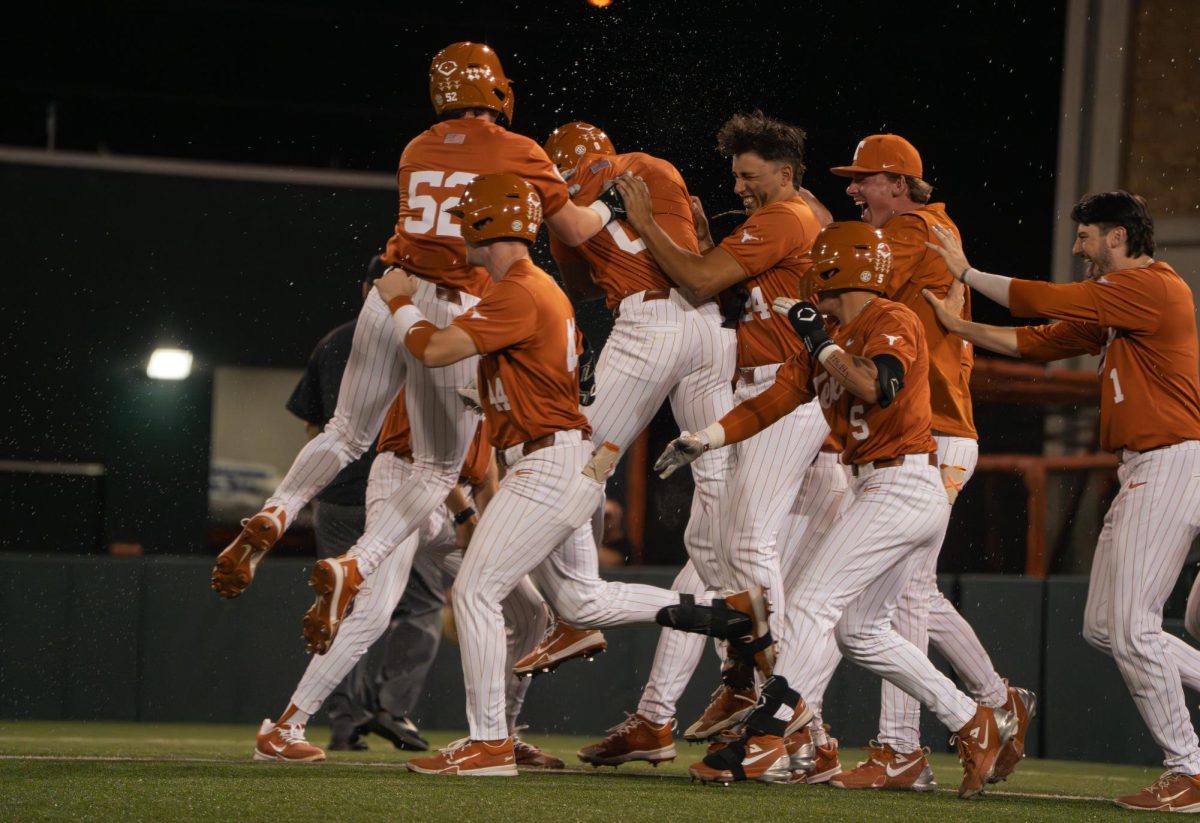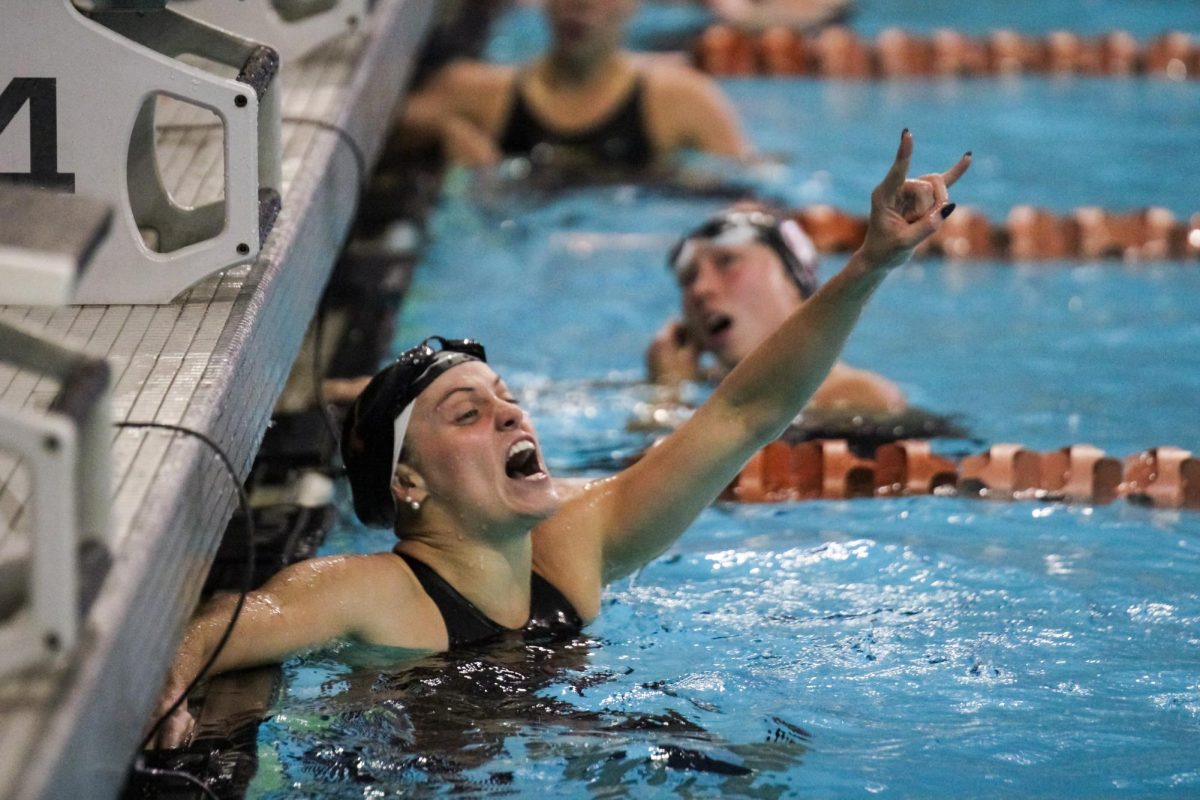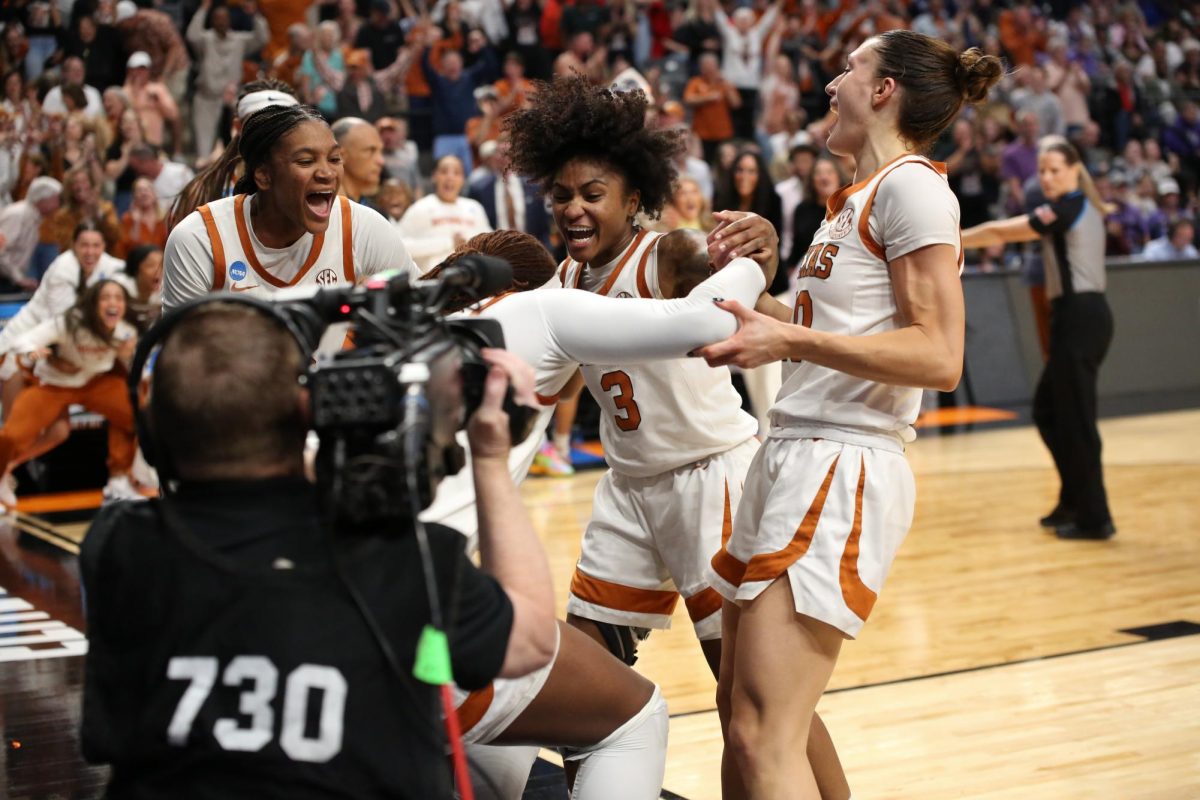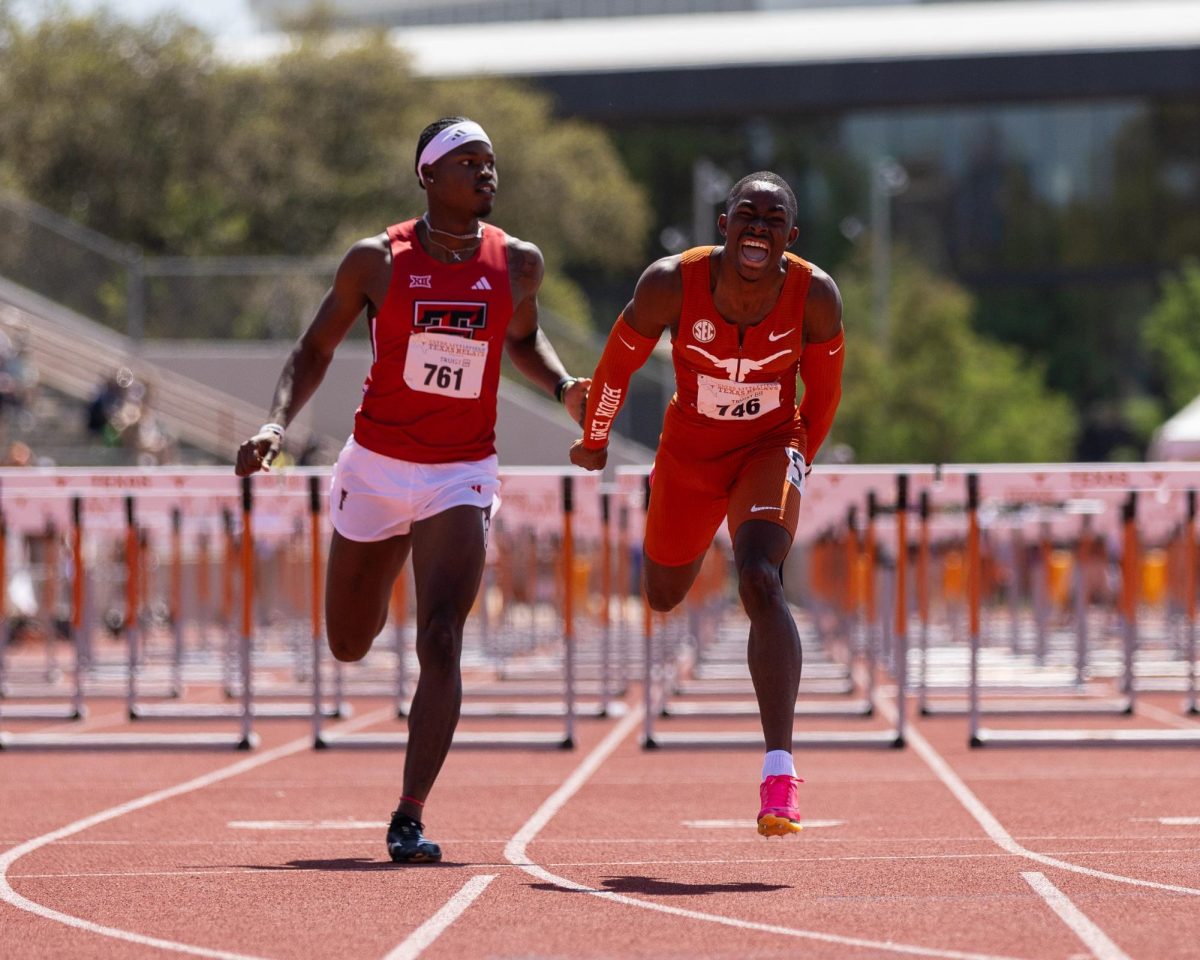Although Texas’ 2014 season ended in heartbreak to eventual champions Vanderbilt on a walk-off, game-losing infield single in the 10th inning, Texas’ return to Omaha was a necessary step for the revival of Texas baseball.
After a two year hiatus from the NCAA tournament, Texas took full advantage of getting back to the postseason — coming within one game of the Championship Series.
In the postseason, Texas’ pitchers combined for a 1.25 ERA in 11 games, including three shutouts and an additional game where they surrendered zero earned runs. With their dominant performances, there was no doubt that their pitching staff willed the Longhorns on their run.
On offense, it was another story, as the starting lineup struck out 13 more times than it got hits in Omaha. Texas’ one through three hitters batted a combined 0-for-13 in the season-ending loss to Vanderbilt.
Despite the team’s struggles on the biggest stage, expect the Texas offense to take a huge leap in production. Meanwhile, with the Longhorns losing a few of their top pitchers from the 2014 squad including ace Nathan Thornhill, the bats will need to do just that if the Longhorns are to make their 36th trip to the College World Series this summer.
The Longhorns return only 244 of their 601 innings pitched from a season ago, while the lineup returns 19 of 22 home runs and 446 of their 573 hits from 2014.
Junior shortstop C.J Hinojosa, who is the team’s returning leader in batting average having hit .298 a season ago, will be the key barometer of whether the Longhorns have the firepower to win it all.
Hinojosa is primed for an All-American caliber season after being named to the College World Series All-Tournament Team as a sophomore.
Sophomore catcher Tres Barrera is another key piece to the puzzle, as he will likely continue to bat cleanup. However, he went just 2-for-19 with nine strikeouts in Omaha.
Barrera’s second trip to TD Ameritrade Park was much better than the first, winning the College Home Run Derby with a record 25 dingers in the final round.
Barrera displayed some pop in his bat with five home runs as a freshman and could make a Cameron Rupp-esque jump in that category during his sophomore campaign. In 2009, Rupp clouted a team-high 11 homers after hitting only four as a freshman.
Finally, junior left fielder Ben Johnson could also see a drastic jump in his home run total after leading the team in the category in his first two seasons. With the NCAA flattening the seams of the balls, it should result in balls flying roughly 20 feet further, Johnson could very well be the first Longhorn with a double-digit home run total since 2010.
Expectations are high for a team hungry after success a season ago. Despite heavy losses on the mound, the pitching game will work itself out, and, ultimately, it’ll be the hitting that could produce the seventh dog pile in school history.


